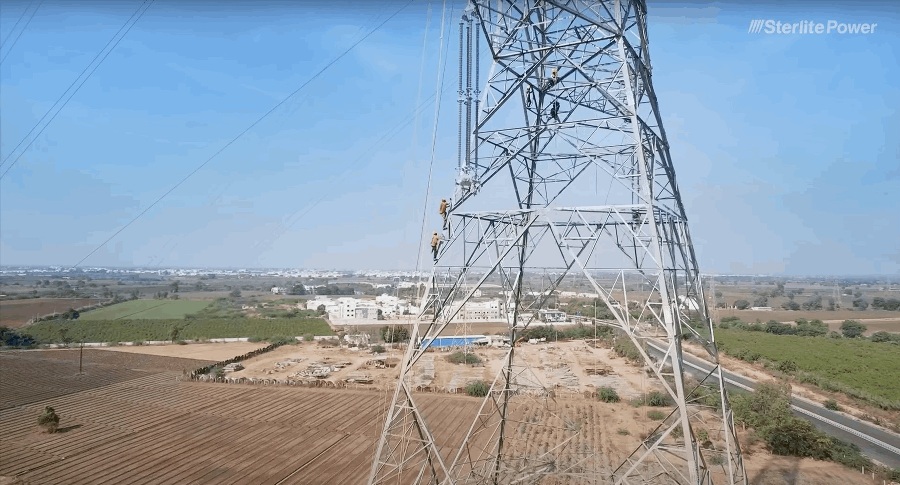The Union Ministry of Power has finalized a revised structure of the “Day-Ahead National-level Merit Order Despatch Mechanism” with a view to lowering the overall cost of electricity generation, a government release said.
The revised mechanism is expected to result in savings for consumers, apart from helping states meet their electricity demand in a cost-effective manner.
One day, against 1.5 hours
As per the revised mechanism, the Merit Order for the cheapest generating resources across the country to meet the system demand would be finalized a day in advance, as against 1.5 hours in the existing system. This will result in better planning for generating units and cost optimization. Moreover, the revised mechanism will also enlarge the scope of the present mechanism by including all the regional entity thermal power plants and subsequently all intrastate thermal generators. In the existing system, only the NTPC thermal stations were part of the merit order dispatch.
The Day-Ahead National Merit Order Dispatch Mechanism will be implemented by CERC through necessary regulatory process, and it will be operated by GRID–INDIA (Grid Controller of India Ltd, formerly POSOCO) at the national level.
Reduction in variable cost
The existing mechanism of merit order dispatch at real-time was made operational in April 2019. This optimized the total variable cost of generation pan-India while meeting technical and grid security constraints. The existing mechanism resulted in the reduction of variable costs on the pan-India basis to the tune of Rs.2,300 crore and these benefits were being shared with generators and their beneficiaries ultimately reducing the cost of electricity to consumers.
Sharing of gains
The gains out of the proposed Day-Ahead National Merit Order Dispatch Mechanism would be shared between generating stations and their consumers. This will result in increased annual savings for electricity consumers. This will also help states in maintaining resource adequacy in a cost-effective manner with fewer carbon footprints.
Integrated grid
Since 2014, the government has added 184.6 GW of additional generation capacity and 1,78,000 km of transmission line to connect the whole country into one grid, which has transformed the whole country into one integrated electrical system, the release said.
Featured photograph (source: Sterlite Power) is for representation only



